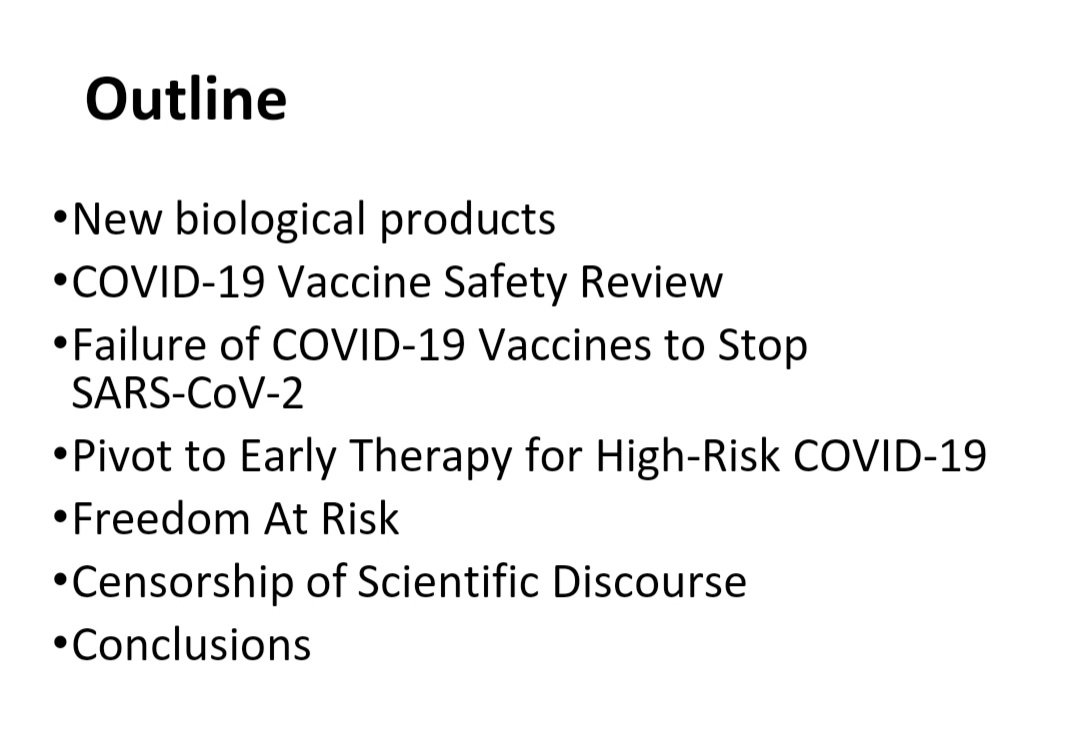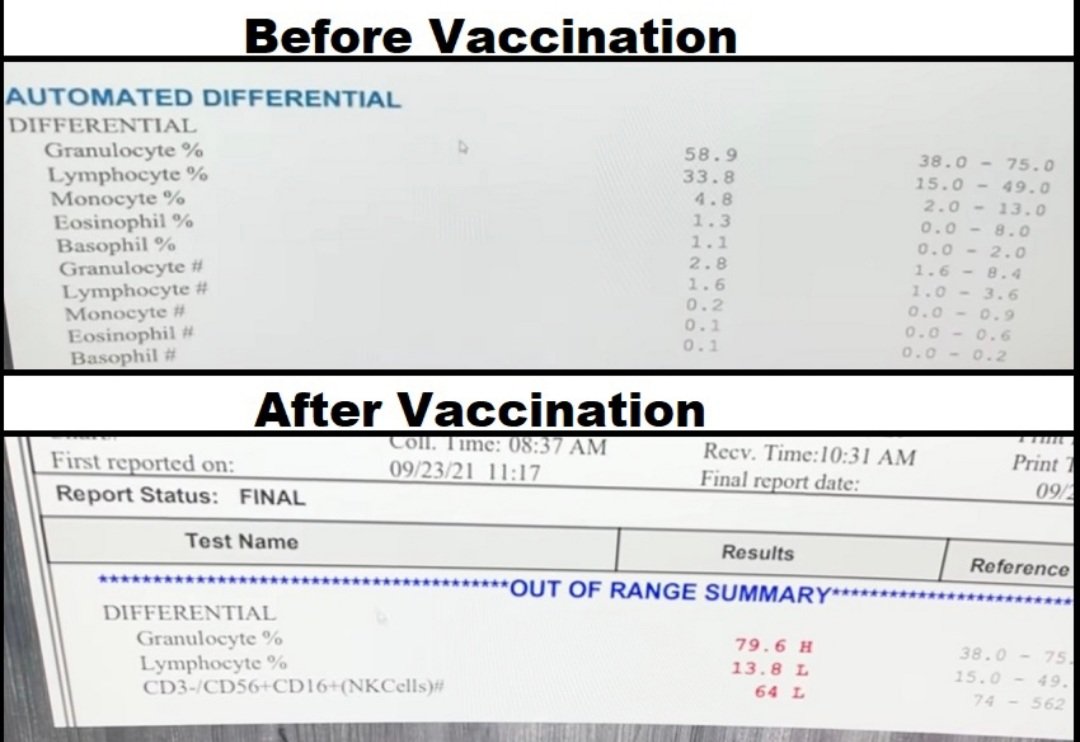Asymptomatic spread is virtually non-existent, and if this does occur, it is less than 1%. It is very rare and we have very limited evidence (and questionable) of this happening at all. We have no documented proof, no documented evidence of this occurring in any appreciable manner. Spread of pathogen will occur more surely when the persons are ill/sick with symptoms, especially if the symptoms function to expel the pathogen into the surrounding air. Having no symptoms or very mild symptoms reduces risk of spread and with no symptoms, spread is basically removed. This is the same for SARS-CoV-2 virus and a recent BMJ publication pretty much sums it up that asymptomatic are rarely the drivers as it was thought to be. This is basic immunology and should not be changed for SARS-CoV-2 (COVID-19). We are being emphatic in saying there is no evidence of asymptomatic spread. We also recognize that one must be careful not to claim ‘zero’ as the evidence changes daily and rapidly and absence of documented evidence is also not a reason. It may just have not been studied yet or documented optimally. But we are confident enough based on the existing literature to also agree that ‘it is a dangerous assumption to believe that there is persuasive, scientific evidence of asymptomatic transmission’.
The basis for the societal lockdowns was that 40% to 50% of persons infected with SARS-CoV-2 could potentially spread it due to being asymptomatic. “But fears that the virus may be spread to a significant degree by asymptomatic carriers soon led government leaders to issue broad and lengthy stay-at-home orders and mask mandates out of concerns that anyone could be a silent spreader”. However, the evidence in support of common asymptomatic spread remains largely non-existent and we argue, was overstated and potentially was made with no basis.
A high-quality review study by Madewell published in JAMA sought to estimate the secondary attack rate of SARS-CoV-2 in households and determine factors that modify this parameter. In addition, researchers sought to estimate the proportion of households with index cases that had any secondary transmission, and also compared the SARS-CoV-2 household secondary attack rate with that of other severe viruses and with that to close contacts for studies that reported the secondary attack rate for both close and household contacts. The study was a meta-analysis of 54 studies with 77 758 participants. Secondary attack rates represented the spread to additional persons and researchers found a 25-fold increased risk within households between symptomatic positive infected index persons versus asymptomatic infected index persons. “Household secondary attack rates were increased from symptomatic index cases (18.0%; 95% CI, 14.2%-22.1%) than from asymptomatic index cases (0.7%; 95% CI, 0%-4.9%)”. This study showed just how rare asymptomatic spread was within a confined household environment.
From the nearly 2 million children that were followed in school in Sweden, it was reported that with no mask mandates, there were zero deaths from Covid and a few instances of transmission and minimal hospitalization.
In the UK, the ‘Scientific Advisory Group for Emergencies’ recommended that “Prioritizing rapid testing of symptomatic people is likely to have a greater impact on identifying positive cases and reducing transmission than frequent testing of asymptomatic people in an outbreak area”.
A study published in Nature found no instances of asymptomatic spread from positive asymptomatic cases among all 1,174 close contacts of the cases, based on a base sample of 10 million persons. “There were no positive tests amongst 1,174 close contacts of asymptomatic cases”. AIER’s Zucker responded this way “The conclusion is not that asymptomatic spread is rare or that the science is uncertain. The study revealed something that hardly ever happens in these kinds of studies. There was not one documented case. Forget rare. Forget even Fauci’s previous suggestion that asymptomatic transmission exists but not does drive the spread. Replace all that with: never. At least not in this study for 10,000,000”. Haynes of Life site news reported similarly.
A study on infectivity of asymptomatic SARS-CoV-2 carriers was carried out by Goa at al. Researchers looked at the 455 contacts who were exposed to the asymptomatic COVID-19 virus carrier. They were divided into three groups: 35 patients, 196 family members and 224 hospital staffs. “No severe acute respiratory syndrome coronavirus 2 (SARS-CoV-2) infections was detected in 455 contacts by nucleic acid test”.In this regard, the World Health Organization (WHO) also made this claim that asymptomatic spread/transmission is rare. This issue of asymptomatic spread is the key issue being used to force vaccination in children. The science, however, remains contrary to this proposed policy mandate. Even Dr. Fauci said asymptomatic transmission is rare, and an epidemic is not driven by asymptomatic carriers.
As an update that we say clearly is 16 months too late, the WHO on June 29th 2021 has now recommended no testing of asymptomatic persons. This is after trillions of $ have been sucked out of economies and many lives lost due to lost jobs and closures of societies and schools. Many people killed themselves due to the unscientific and illogical testing policy of asymptomatic persons.
Additionally, a high-quality robust study in the French Alps examined the spread of Covid-19 virus via a cluster of Covid-19. They followed one infected child who visited three different schools and interacted with other children, teachers, and various adults. They reported no instance of secondary transmission despite close interactions. These data have been available to the CDC and other health experts for over a year. As mentioned earlier, Ludvigsson published a seminal paper in the New England Journal of Medicine on Covid-19 among children 1 to 16 years of age and their teachers in Sweden.
A recent June 10th 2021 op-ed sheds more confirmatory light that asymptomatic spread was more a myth that a reality. Ballan and Tindall wrote “People presenting with symptoms of Covid-19 are almost exclusively responsible for transmitting SARS-CoV-2. Serious infection usually results from frequent exposure to high doses of SARS-CoV-2, such as health care workers caring for sick Covid-19 patients in hospitals or nursing homes and people living in the same household.
– Paul E. Alexander, PhD
DISCLAIMER: This content (anything, any information I share or discuss) is for educational purposes only. I function as a prognosticator and I am sharing information and driving debate. It doesn’t serve as a substitute for diagnosis, treatment, or advice from a licensed medical professional (your doctor). Any treatment you undertake in terms of COVID (or any illness) should be discussed with a licensed medical professional. Never disregard or delay seeking medical advice because of content posted by me or in any discussions or groups I and others are part of. If you are having a medical emergency, call 911 or go to the nearest emergency room immediately. No physician-patient relationship is created here. I am not your doctor and every decision is between a person and their doctor. Not me. I function here purely as an academic scientist and my words represent only my views and not that of any institution or other party. No other person in my/our discussions can also make medical recommendations to you. Take no representations, expressed or implied, with respect to this content or its use, as medical advice. Nothing from me is medical advise to you, I am only sharing my thoughts and thinking on the science as it exists regarding this existing emergency.






